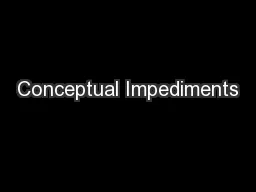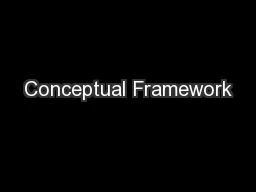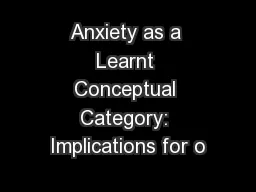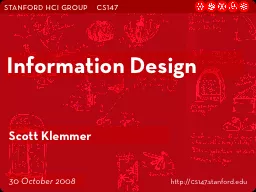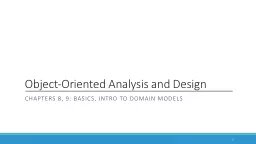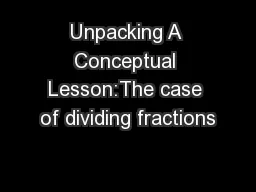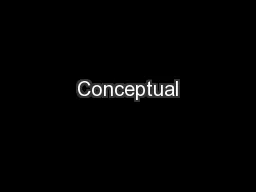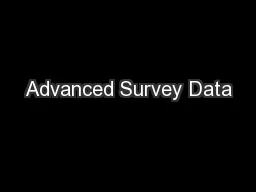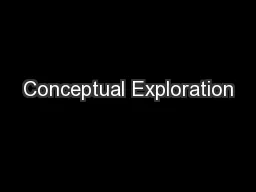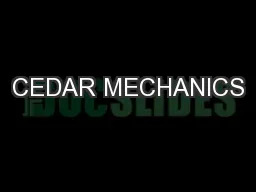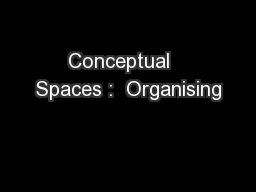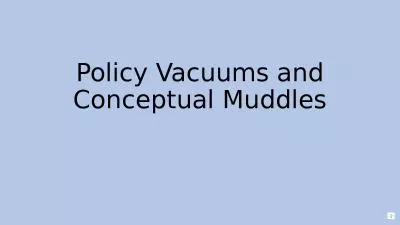PPT-Conceptual Impediments
Author : alida-meadow | Published Date : 2016-05-25
to Convergence James Leisenring FASB Senior Advisor The views expressed in this presentation are my own and do not necessarily represent official positions of the
Presentation Embed Code
Download Presentation
Download Presentation The PPT/PDF document "Conceptual Impediments" is the property of its rightful owner. Permission is granted to download and print the materials on this website for personal, non-commercial use only, and to display it on your personal computer provided you do not modify the materials and that you retain all copyright notices contained in the materials. By downloading content from our website, you accept the terms of this agreement.
Conceptual Impediments: Transcript
Download Rules Of Document
"Conceptual Impediments"The content belongs to its owner. You may download and print it for personal use, without modification, and keep all copyright notices. By downloading, you agree to these terms.
Related Documents

